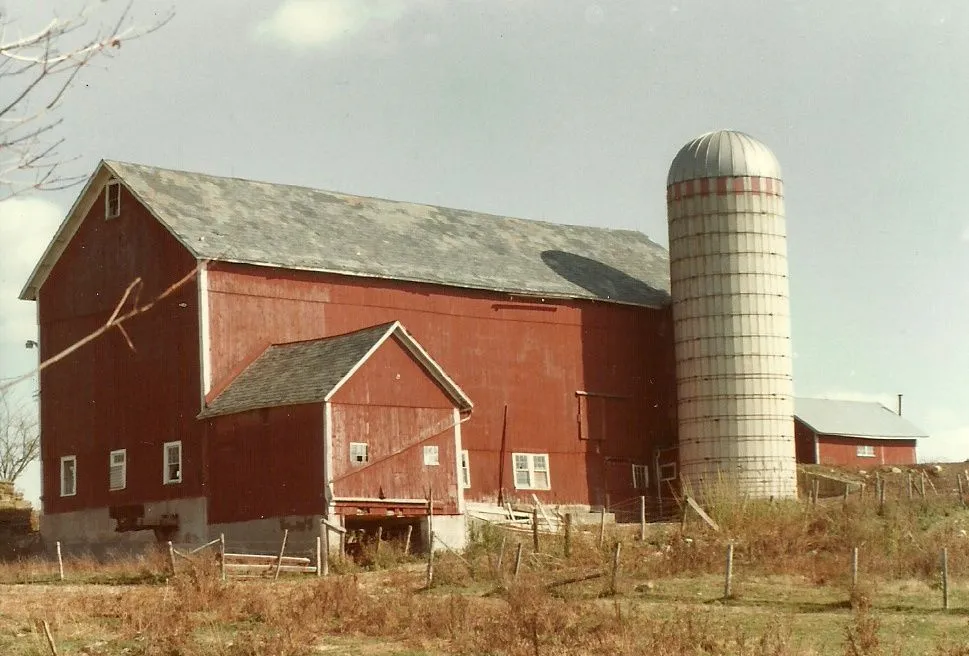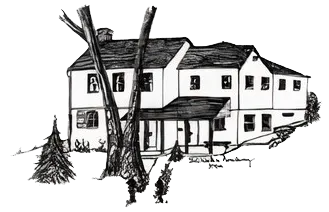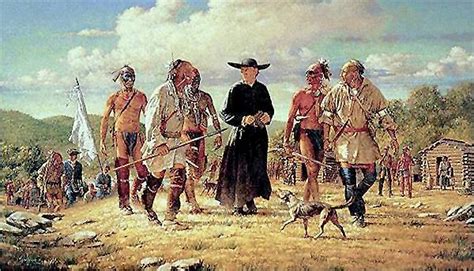Farming in Stillwater
Stillwater has a long and varied agricultural history. The Lenape Indians cultivated the land here before the Europeans arrived. Their major food crops were corn, beans, and squash and they planted them together in a pattern known as the three sisters.
The corn, which the Lenape called maize, was planted first and then surrounded by beans. The squash was planted last. Corn provides tall stalks for the beans to climb, beans provide nitrogen to fertilize the soil and the large leaves of squash plants shade the ground to help protect the soil.
They used wood ash and fish as fertilizers.
When the Europeans first arrived, they learned farming techniques from the Lenape and sometimes worked alongside them.
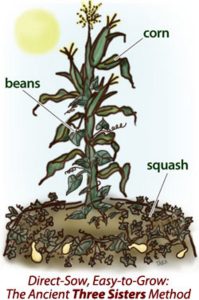
The Europeans also learned about the many uses of corn from the Lenape. Corn originated in the Americas. The native Americans used every part of the ears of corn. They used the kernels for a variety of food items, the cobs for fuel, and the husks for weaving material. Corn continues to be grown in Stillwater today.
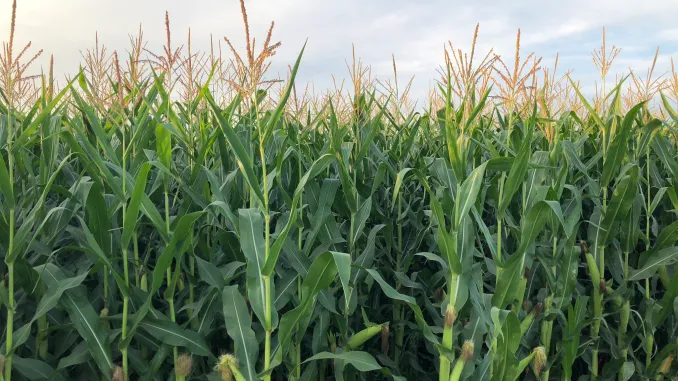
Tensions gradually grew between the Europeans and the Lenape. The Europeans believed in the private ownership of land and wanted to establish farms that were the property of one family. The Lenape had a shared concept of land use that did not survive the surveying, deeds, fences, and firearms of the Europeans and most of those remaining ultimately moved to Western states.
Some of the original European settlers in Stillwater were named Shafer, Wintermute and Bernhardt. The farms they established were able to keep the families as self-sufficient as possible. They planted field crops such as corn, wheat and oats along with orchards with apple, pear and peach trees. They planted garden crops such as squash and potatoes. The early European settlers may have grown our now famous tomatoes but did not eat them as they considered the fruit poisonous.
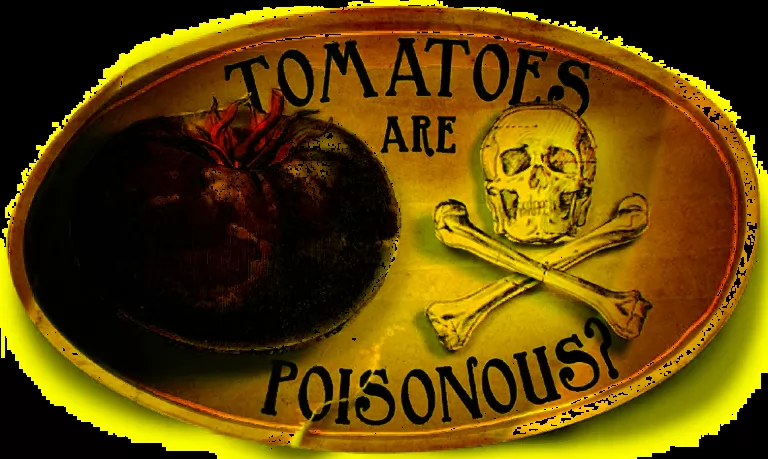
Hay was also an important crop because it was used to feed the horses who pulled the plows and the other livestock who were being raised for food. It could also be used to stuff mattresses. Hay had to be cut and stored over the winter. In 1883, John Farrell applied for and was granted a patent for a new type of steel hay grappling fork that made it easier to get the hay into storage. Farrell had a factory in Newton where he manufactured the forks and other farm tools.

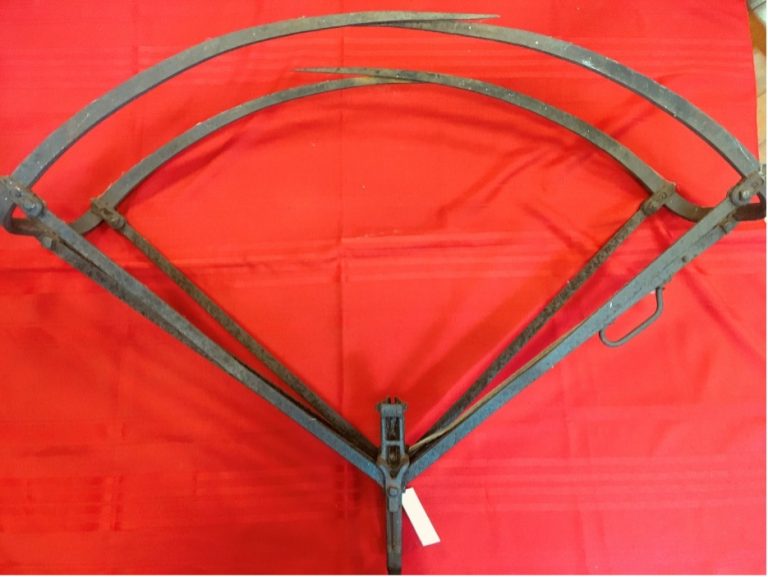
In the 19th century the farmers in the Stillwater area began to focus on milk production. Cows were milked every morning and the milk was transported to local creameries. The creameries bought the milk from the farmers and sometimes paid more for milk with a higher fat content. They processed the milk for sale and could also produce cream and butter from it. The creameries were usually located on railroad lines linking them to cities in more heavily populated Essex County, including Jersey City.
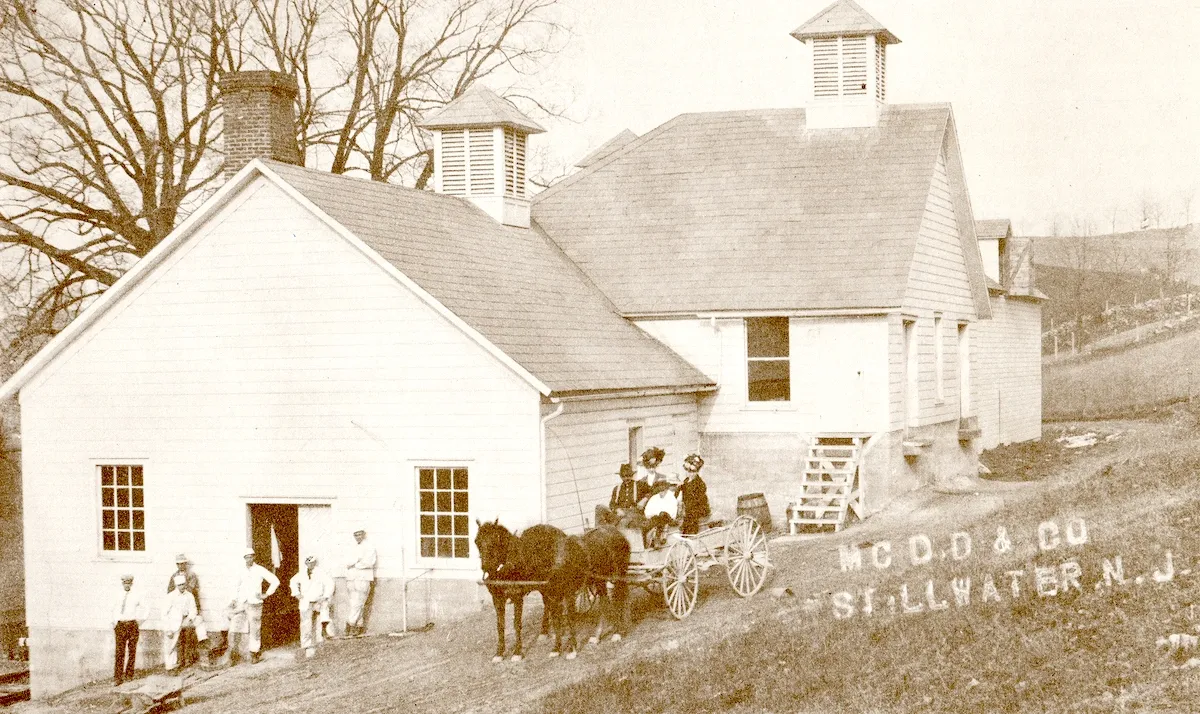
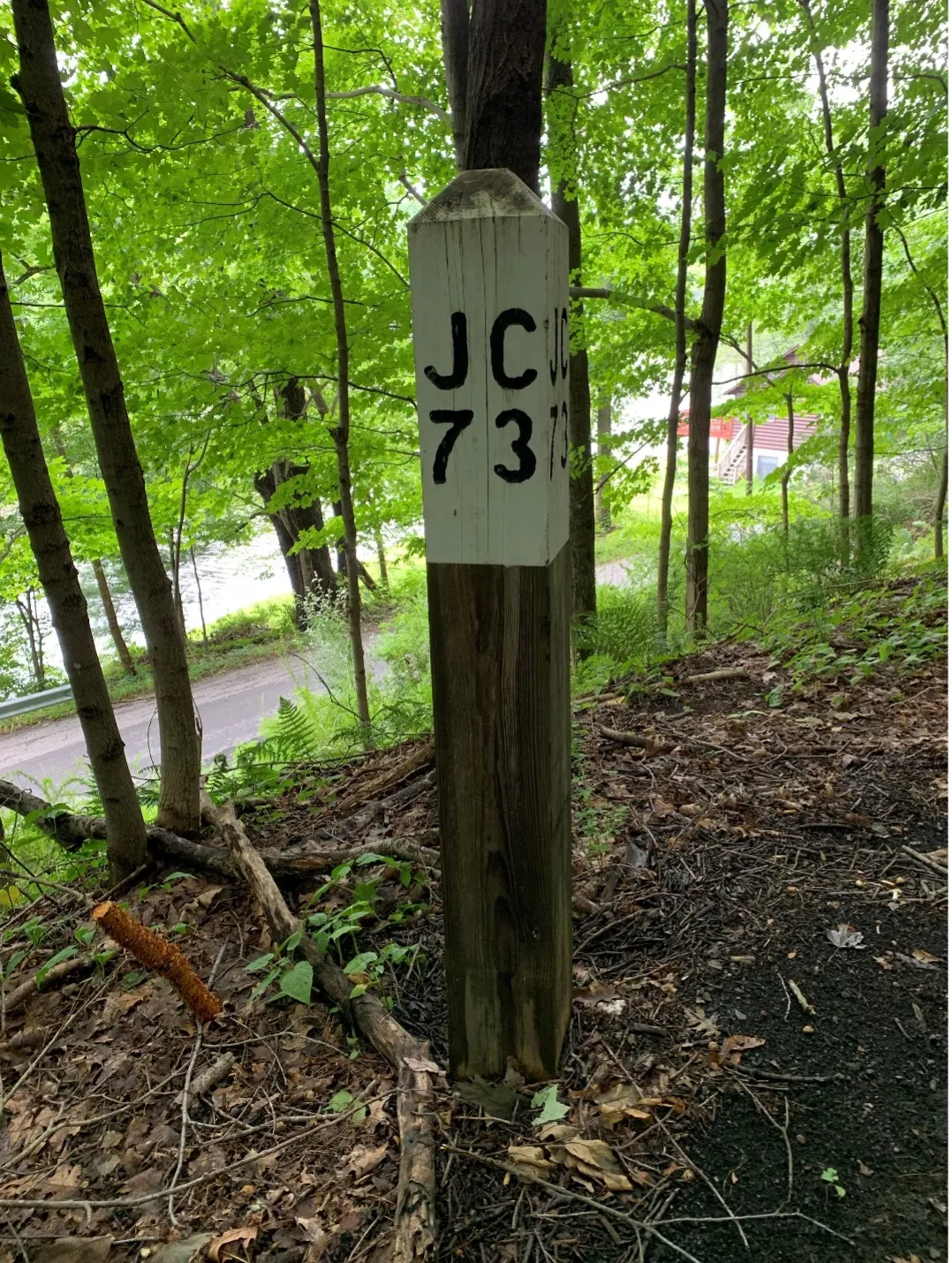
Gradually the dairy industry grew smaller and during by the mid 1960’s cows no longer outnumbered people in Sussex County. The New Jersey Green Acres program was developed in 1961 to help preserve and protect the state’s open spaces and resulted in the expansion of Swartswood State Park. The1964 New Jersey agricultural tax exemption that defines a farm as a property of 5 acres and more devoted to farmland or woodland has also resulted helping Stillwater maintain its rural character.
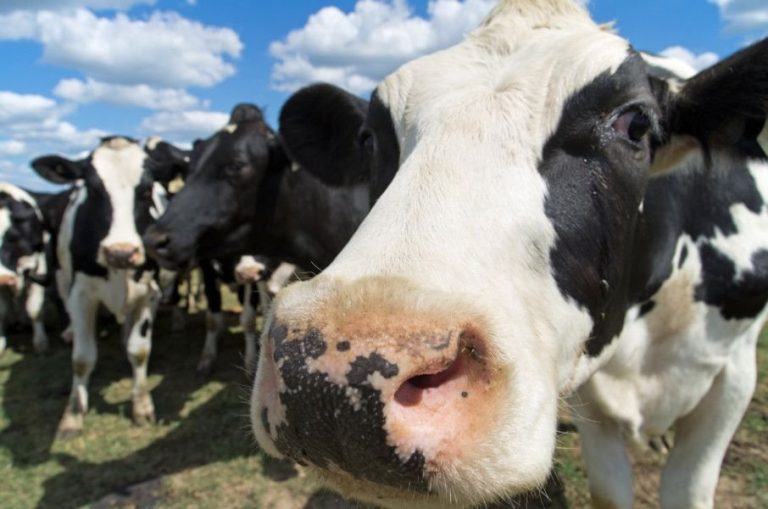
The most recent Department of Agricultural census (2017) showed that only 12 farms in all of Sussex County had income from milk from cows. Most of the area farms are focused on a single crop such as trees or honey. Yet the many beautiful barns and silos as well as the rolling hills and fields remind us of the importance of the farming in shaping Stillwater’s past and present.
